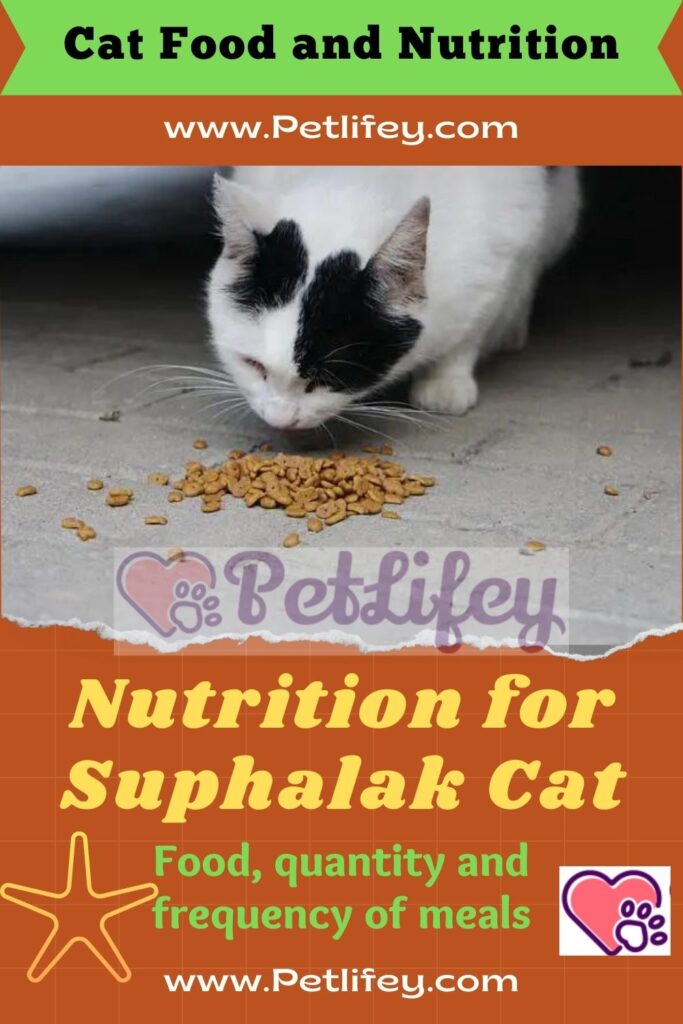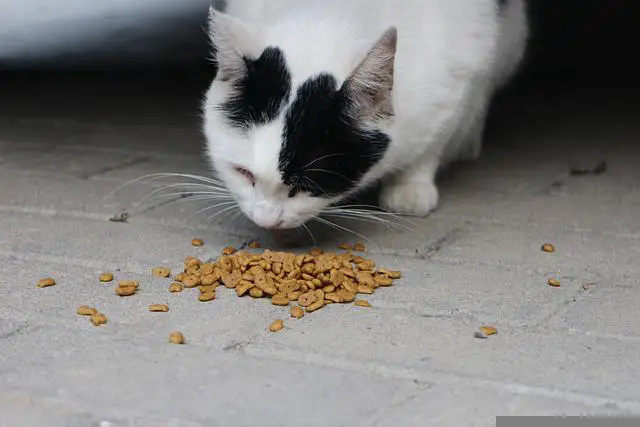
Here are the nutrients that cannot be missing in the ideal Suphalak diet: let’s find out what to feed the cat and in what quantity.
Planning a healthy and balanced diet for your four-legged friend is the first step to ensure that his life is long and peaceful. In this article we list all the information to know and the tips to put into practice so that the Suphalak diet is truly perfect.
Suphalak nutrition: doses and frequency of meals
When and how much should the cat eat?
With regard to the recommended doses, to identify the truly perfect diet for Suphalak, the advice would be to contact the veterinarian: based on a series of strictly individual factors, such as age, lifestyle and health of the animal, the professional will formulate a personalized meal plan.
In general, the dose of wet food should be calculated by multiplying 40 grams for each kg of the cat’s body weight.
Once this figure is obtained, simply divide it by three to calculate the daily amount of kibble.
When to feed the four-legged? Generally, it is recommended to do this twice a day, preferably morning and evening.
Alternatively, you can divide the dose of cat food into smaller portions, to be given regularly throughout the day.
What to feed Suphalak

What foods can not miss in the Suphalak diet?
Given that these animals, just like other members of their species, are obligate carnivores, it is essential that their nutritional plan is based on the intake of meat and fish.
In fact, from proteins of animal origin, these domestic cats derive substances such as vitamins B6 and B12, which are essential for the functioning of their nervous and immune systems.
These are essential nutrients that their bodies cannot produce; for this, it is very important that they are taken through the diet.
Homemade or industrial food for Suphalak
Now we just have to understand if an industrial or home diet is preferable for our Suphalak.
What is the difference? The first method is simpler and faster: just buy ready-made feed, directly from the shelves of specialized stores.
In this case, it is necessary to pay attention to the ingredients of which the baby food is composed, carefully examining the nutritional table on the back of the package.
In this way, we will make sure that we have chosen a nutritious and quality product for our four-legged friend.
The home diet, on the other hand, requires us to try our hand at the complete preparation for the cat’s meals, from the selection of raw materials to their cooking.
The advantages of this mode are:
- Possibility to choose the ingredients with greater care;
- Control and selection of the methods of preparation and cooking of meals.
On the other hand, however, it is a more demanding option – both in terms of time and energy – which needs to be put into practice after consulting the veterinarian.
Otherwise, the risk is that the cat’s diet is not balanced, and can cause the onset of nutritional deficiencies and deficiencies.






